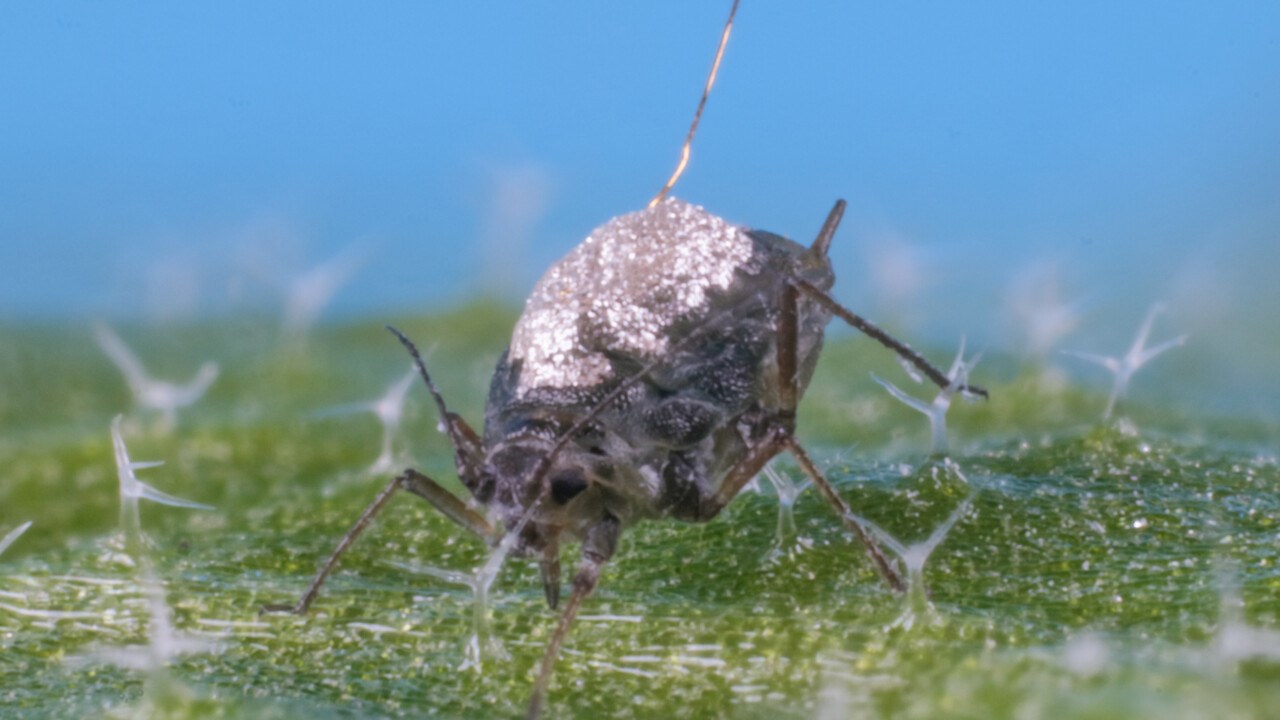ABOUT Aphids
All insects tested in the study can be called aphids.
These are plant lice:
Cabbage aphid (Brevicoryne brassicae)
Mustard aphid (Lipaphis erysimi)
Peach aphid (Myzus persicae)
These are mealybugs:
Whitefly (Bemisia tabaci)
Cabbage whitefly (Aleyrodes proletella)
Tobacco aphid (Myzus persicae nicotianae)



